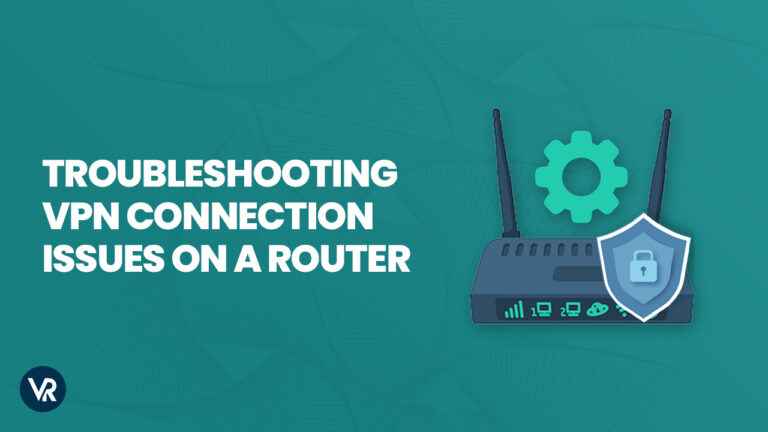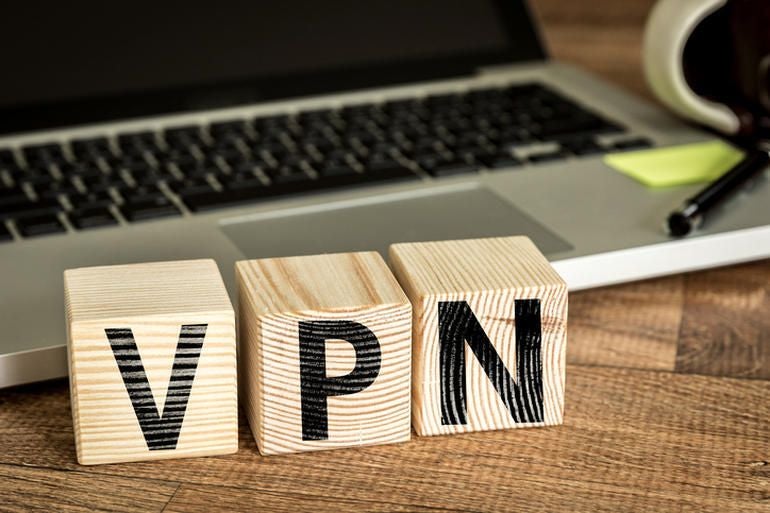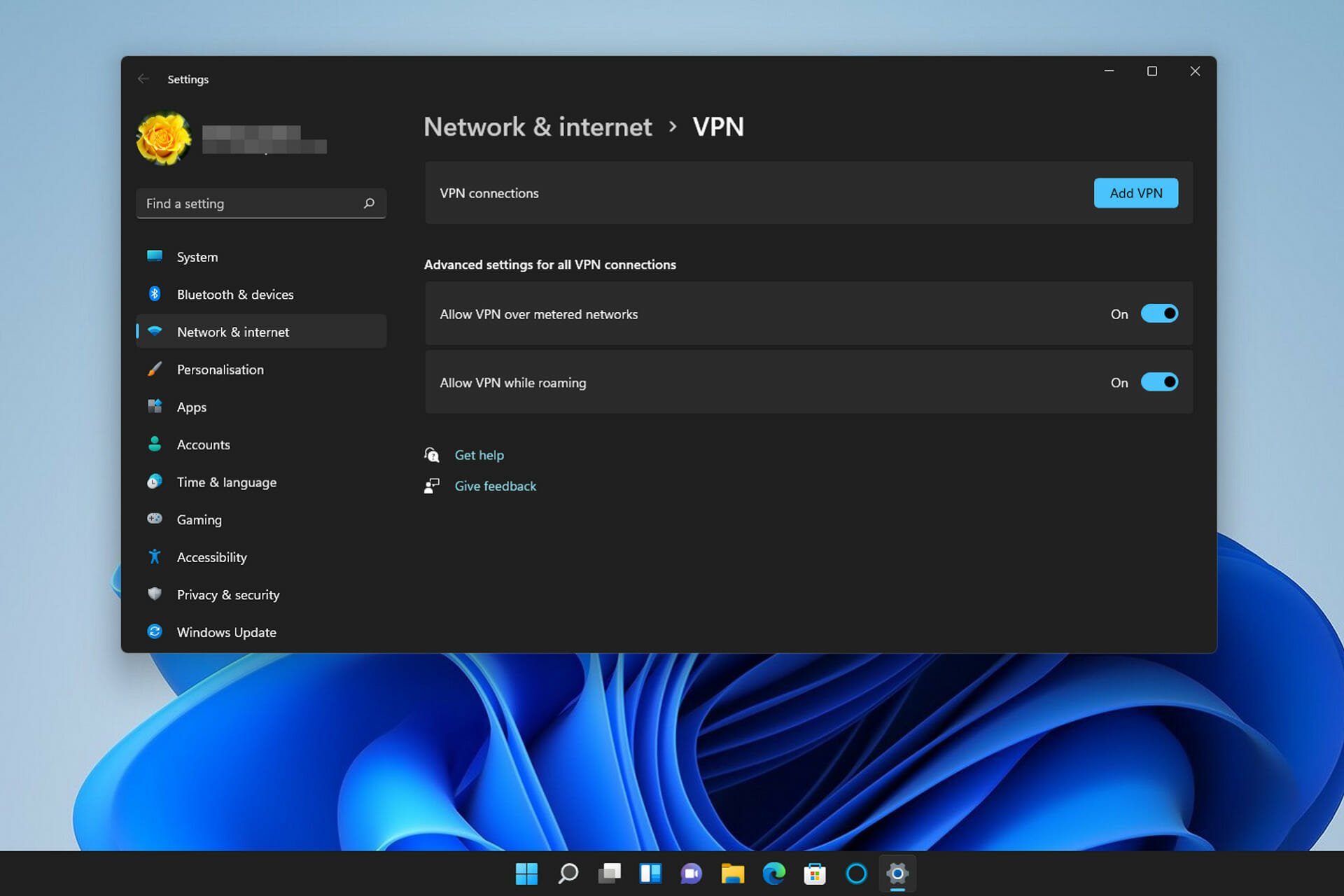Featured
Table of Contents
Identifying And Solving Vpn, Firewall Or Network ...

The Routing and Remote Access snap-in lives within the Microsoft Management Console, referred to as the MMC. There are numerous methods to access the MMC. You can pick the console from the Start menu's Programs choices, within the Administrative Tools folder within Windows server's Control board or by typing mmc at a command prompt.
As Tech, Republic's Brandon Vigliarolo demonstrates within his video at the start of this short article, the Services console displays the status of the Routing and Remote Gain access to entry. From within the Services console and with the Routing and Remote Gain access to entry highlighted, you can click Start the Service or right-click the entry and choose Restart.
In some cases the VPN customer and VPN server are set to utilizing various authentication techniques. Validate whether an authentication error is the issue by opening the server console. Yet another method of accessing the MMC is to type Control+R to open a command prompt in which you can type mmc and struck Enter or click OK.
If the entry isn't present, click File, select Add/Remove Snap-in, select the Routing and Remote Gain access to choice from the choices and click Include, then OK. With the Routing and Remote Access snap-in added, right-click on the VPN server and click Residences. Review the Security tab to validate the authentication method.
Troubleshooting - Cloud Vpn
Guarantee the VPN customer is set to the authentication approach specified within the Security tab. Generally the items simply reviewed are accountable for a lot of VPN connection refusal errors. But other fundamentals need to be correct, too. If the Windows Server hosting the VPN hasn't signed up with the Windows domain, the server will be not able to verify logins.
IP addresses are another fundamental element for which administration must be properly set. Each Web-based VPN connection typically utilizes two different IP addresses for the VPN customer computer. The very first IP address is the one that was assigned by the customer's ISP. This is the IP address that's utilized to establish the preliminary TCP/IP connection to the VPN server online.

This IP address usually has the exact same subnet as the local network and thus enables the customer to communicate with the regional network. When you set up the VPN server, you must set up a DHCP server to appoint addresses to clients, or you can develop a bank of IP addresses to appoint to customers directly from the VPN server.


If this choice is chosen and the efficient remote gain access to policy is set to enable remote access, the user will be able to connect to the VPN. I have been unable to re-create the situation personally, I have heard reports that a bug exists in older Windows servers that can trigger the connection to be accepted even if the efficient remote gain access to policy is set to deny a user's connection.
Top Ngfw Troubleshooting Articles

Another common VPN problem is that a connection is effectively established but the remote user is not able to access the network beyond the VPN server. By far, the most common reason for this issue is that authorization hasn't been approved for the user to access the whole network. To enable a user to access the whole network, go to the Routing and Remote Gain access to console and right-click on the VPN server that's having the issue.
At the top of the IP tab is an Enable IP Routing check box. If this check box is allowed, VPN users will have the ability to access the rest of the network, presuming network firewalls and security-as-a-service settings permit. If the checkbox is not chosen, these users will have the ability to gain access to just the VPN server, but absolutely nothing beyond.
If a user is calling straight into the VPN server, it's generally best to set up a fixed route between the client and the server. You can set up a fixed route by going to the Dial In tab of the user's homes sheet in Active Directory site Users and Computers and choosing the Apply A Static Path check box.
Click the Include Route button and after that get in the destination IP address and network mask in the space offered. The metric ought to be left at 1. If you're utilizing a DHCP server to designate IP addresses to clients, there are a couple of other problems that could trigger users not to be able to go beyond the VPN server.
Vpn Tunnel Troubleshooting
If the DHCP server appoints the user an IP address that is currently in use in other places on the network, Windows will discover the conflict and prevent the user from accessing the rest of the network. Another common problem is the user not receiving an address at all. The majority of the time, if the DHCP server can't appoint the user an IP address, the connection won't make it this far.
If the customer is designated an address in a variety that's not present within the system's routing tables, the user will be not able to navigate the network beyond the VPN server. Ensure the resources the user is trying to access are actually on the network to which the user is linking.
A VPN connection to the other subnet might, in truth, be required. A firewall program or security as a service option might also be to blame, so don't forget to examine those options' settings, if such elements exist in between the VPN server and the resources the user seeks to reach.
The very first possibility is that one or more of the routers included is carrying out IP packet filtering. I recommend checking the customer, the server and any devices in between for IP package filters.
Latest Posts
10 Best Vpn Services For 2023 - Top Vpns Compared
Best Vpn Companies: Protect Yourself Online
10 Best Vpn Services For Startups 2023 - Truic